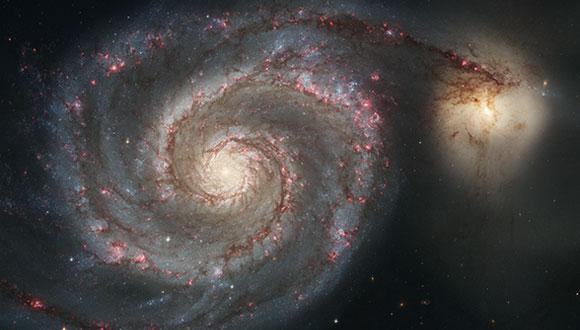Astronomy & Astrophysics Seminar: Shared origin for seven of Mars Trojans - impact ejecta from Mars?
Dr. David Polishook, Weizmann Institute
Abstract:
Seven out of nine Mars Trojan asteroids belong to an orbital grouping and likely a single progenitor (Christou 2014, Cuk et al. 2015). Here we report new near-infrared observations of two of them (311999 and 385250) and we find that both present an identical olivine-rich reflectance spectrum, that is similar to the reflectance spectrum of 5261 Eureka, the largest of these seven Trojans (Rivkin et al. 2007). These measurements confirm the shared progenitor of the seven and reinforce the observation that all Mars Trojans are consistent with achondritic material (Rivkin et al., 2003, 2007). Moreover, olivine-rich reflectance spectra are rare amongst asteroids (DeMeo & Carry, 2014, DeMeo et al. 2016), but olivine-rich material is visible in numerous locations on Mars (e.g. Hoefen et al. 2003, Ehlmann & Edwards 2014) and consistent with some martian meteorites (e.g. Chassigny, ALHA77005; McSween 1985). Using numerical simulations, we further show that the Mars Trojans are an order of magnitude more likely to be impact ejecta from Mars' plutonic rock at the end of the epoch of planet formation than captured stony achondrite asteroids in the Mars orbit crossing population. For the first time, specific asteroids are directly identified as debris from the era of planet formation.
Seminar Organizer: Prof. Sara Beck


